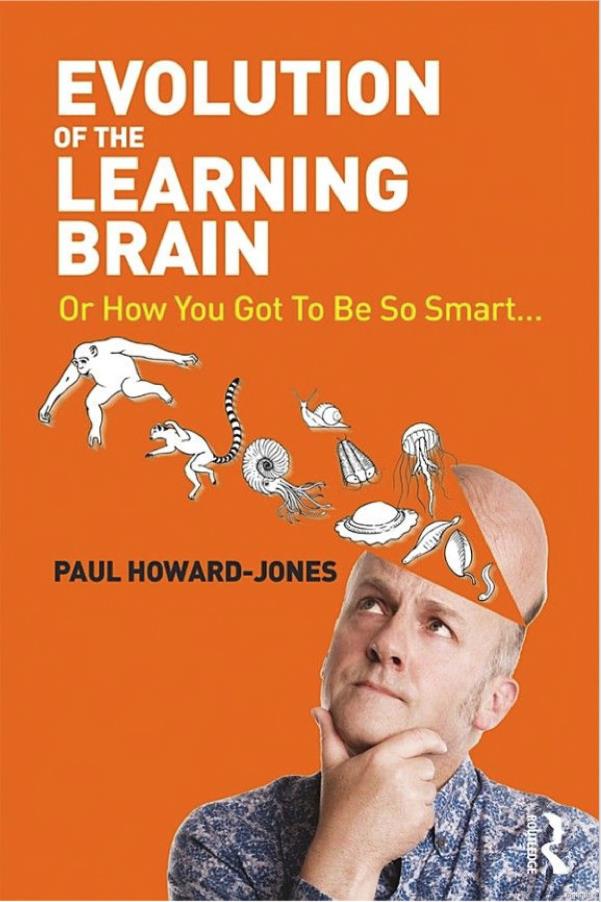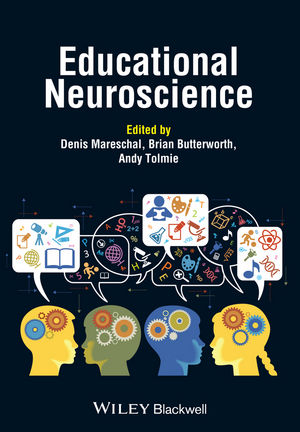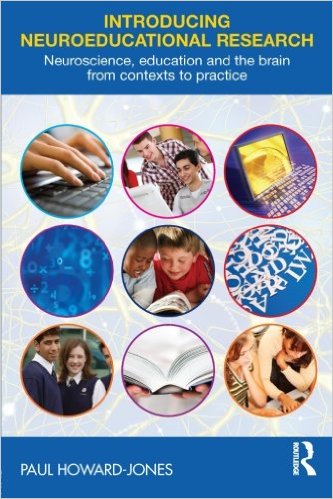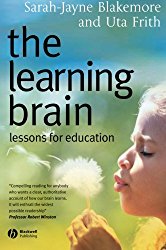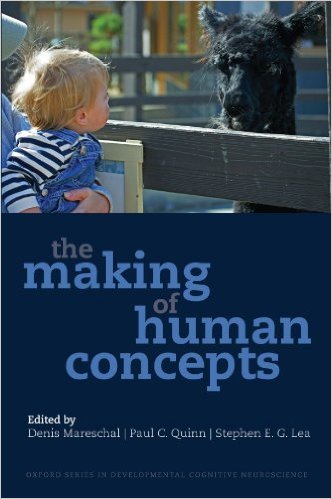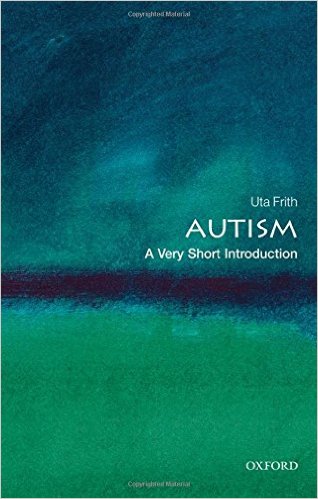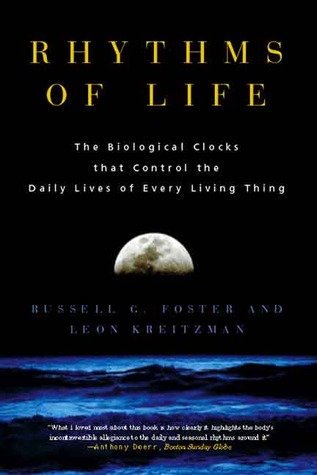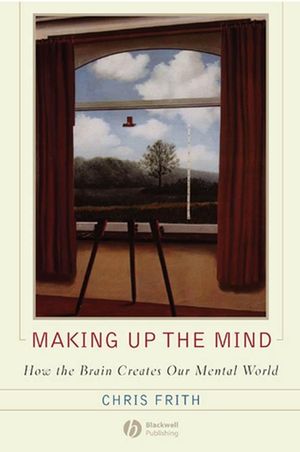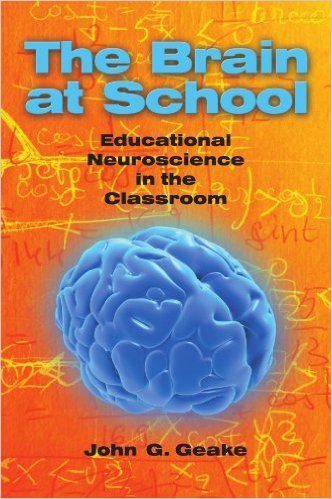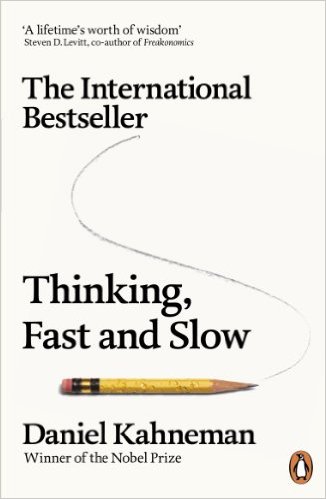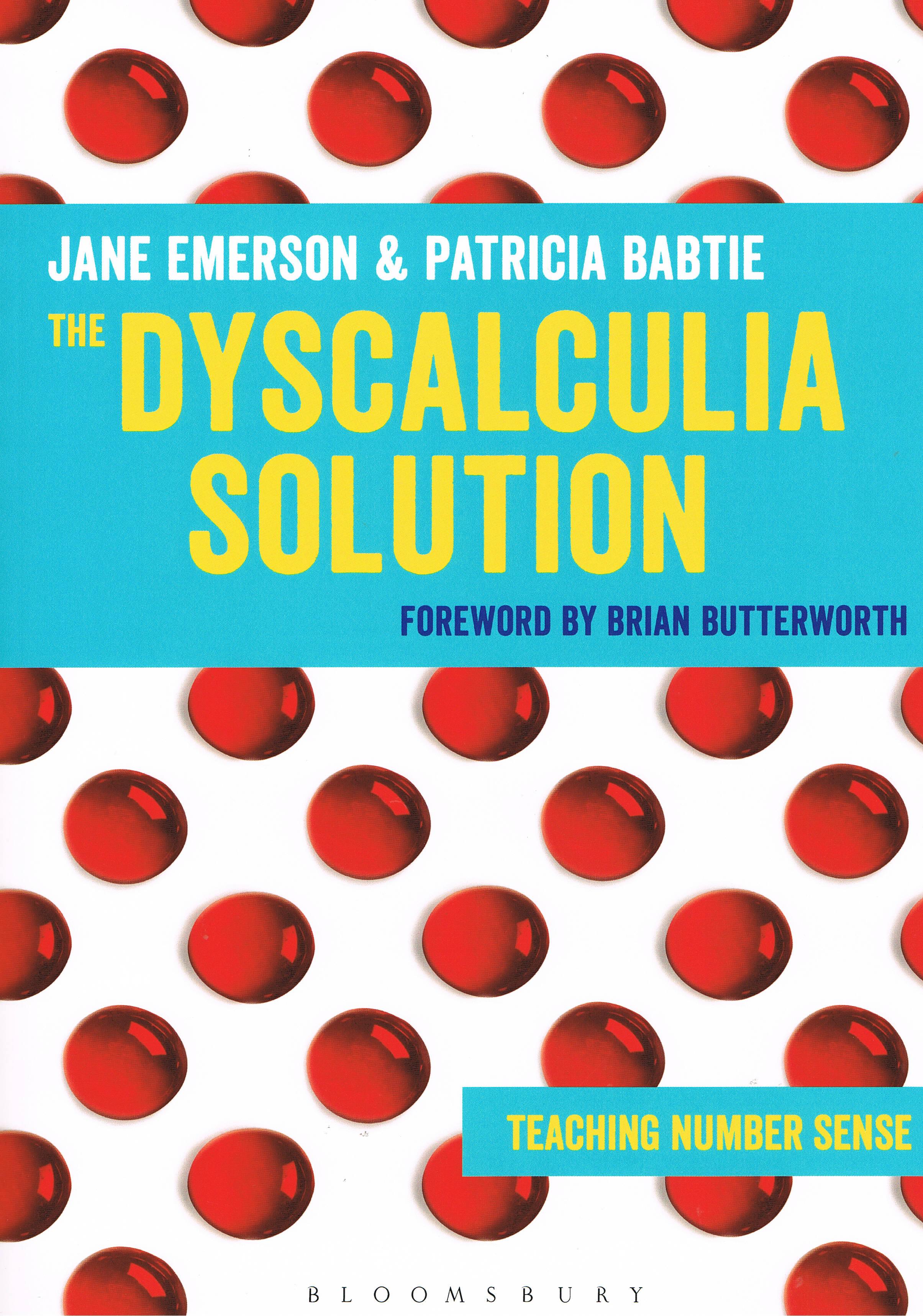Evolution of the Learning Brain
Published: 2018
Author: Paul Howard-Jones
How does learning transform us biologically?
What learning processes do we share with bacteria, jellyfish and monkeys?
Is technology impacting on our evolution and what might the future hold for the learning brain?
These are just some of the questions Paul Howard-Jones explores on a fascinating journey through 3.5 billion years of brain evolution, and discovers what it all means for how we learn today.
Along the way, we discover
How the E. coli in our stomachs learn to find food
Why a little nap can help bees find their way home
The many ways that action, emotion and social interaction have shaped our ability to learn
The central role of learning in our rise to top predator
An accessible writing style and numerous illustrations make Evolution of the Learning Brain an enthralling combination of biology, neuroscience and educational insight. Howard-Jones provides a fresh perspective on the nature of human learning that is exhaustively researched, exploring the implications of our most distant past for twenty-first-century education.
"In Evolution of the Learning Brain, Howard-Jones provides an accessible introduction to the evolution of the nervous system and brain – hoping, perhaps, to provide readers with a more accurate model of how the brain learns. Channelling the spirit of David Attenborough, he leads us through an evolutionary history of life on Earth, dropping into the timeline at various points to talk about what is happening to the brain and nervous system."― Nick Rose, TES
About the Author
Paul Howard-Jones is Professor of Neuroscience and Education at the School of Education, University of Bristol. He is a cognitive neuroscientist, educational expert and broadcaster.
